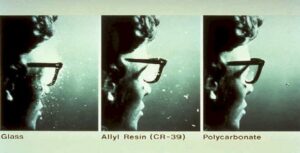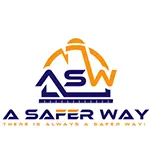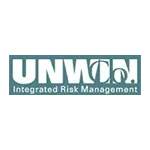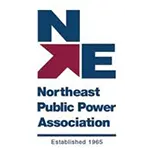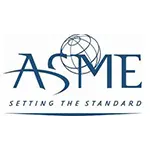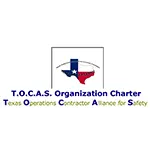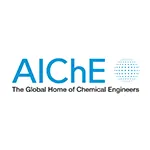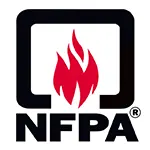Let us help you make sense of PSM / RMP!
My friend Brian Chapin will be offering an open-enrollment PSM/RMP class in Burleson, Texas, July 8th to 11th, 2025. Brian is an absolute pro in NH3 Refrigeration Process Safety. Anyone who attends will also get a FREE membership to SAFTENG. You can get more information on the class with this link.
CLICK HERE to Renew your Membership
CLICK HERE for a NEW Membership
CLICK HERE to see eligibility requirements for FREE Membership
If you have any questions, please contact m
SAFTENG has:
- Over 18,000 categorized unsafe acts/conditions and accident/injury photos
- Over 1,500 ppt's & doc's in the SAFTENG Library
- Over 4,000 Technical Articles on Process Safety, Emergency Response & OSH topics
- Over 450 videos (those not allowed on YouTube Channel)
Many THANKS to my NEW Members and those who CONTINUE to support SAFTENG:









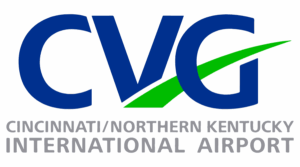

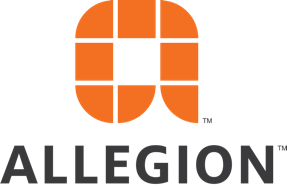
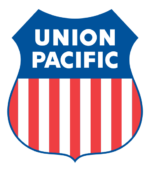
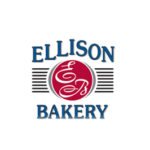
April 10, 2011
Chemical-terrorism Vulnerability Information (CVI) is the information protection regime authorized by Section 550 of Public Law 109-295 to protect from inappropriate public disclosure any information developed or submitted pursuant to Section 550. This includes information that is developed and/or submitted to DHS pursuant to the Chemical Facility Anti-Terrorism Standards (CFATS) regulation which implements...
Read More
April 10, 2011
Some may think this is crazy, I do; but I have had many debates with businesses during audits and serious accident investigations around this argument. There are a lot of mind-sets in plants that have many presses that LOTO does not apply to this task as it would slow production too much and put them out of business. I am floored each time, as you will see in this analysis, their argument...
Read More
April 10, 2011
UPDATE from my OSHA contacts: The NEP was written so that OSHA offices would not single out NH3 refrigeration and CL2 water treatment processes. OSHA feared that since these processes were so plentiful that they would target these types of processes and not inspect other types of processes, so in reality they were spelled out – not to focus on, but rather to prevent OSHA from focusing...
Read More
April 10, 2011
Scenario: An employer requires ordinary safety-toe footwear throughout their facilities and pays for the first $100 of the footwear cost. As part of a recent company-wide static electricity control program, employees working with flammable liquids and products are now required to have static dissipative safety-toe footwear. Question 1: Would the static dissipative safety-toe footwear be considered...
Read More
April 10, 2011
This NPRM would update the SDO standards referenced in the three paragraphs that comprise the Acetylene Standard. The Compressed Gas Association (CGA) published several editions of these SDO standards after OSHA adopted them in 1974, and one of these standards (i.e., Compressed Gas Association Pamphlet G-1.4-1966), is no longer available for purchase from CGA. Therefore, to ensure that employers have...
Read More
April 10, 2011
There is not a safety professional on this planet that has not had to deal with a worker putting side shields on their street glasses and trying to pass them off as “safety glasses”. These days we often get the argument from the worker that the lenses are “plastic and are the same as safety glasses”. Trying to explain the difference between the two can be difficult,...
Read More
April 10, 2011
This table shows the number of RMP facilities — facilities that could potentially have toxic or flammable chemical accidents with off-site consequences. Accident information is summed up from the most recent 5-year accident history for each reported facility. State # of RMP facilities # of accidents # of deaths # of injuries # evacuated Property damage (dollars) Texas 1,392 191 19 781 239,600...
Read More
April 10, 2011
Yes, EPA has a General Duty Clause for RMP, much like OSHA’s General Duty Clause. However, EPA’s is much more detail. This month I came across a facility that used to be a RMP/PSM covered facility, but after much work they lowered their quantities below the RMP/PSM Thresholds. Once this was done, they literally threw away all their RMP/PSM programs (MOC, PSSR, MIP, etc.),...
Read More
April 10, 2011
I have had tons of questions and comments on last week’s article regarding EPA’s General Duty Clause as it relates to RMP Listed chemicals (e.g. Extremely Hazardous Substances) and the requirements for employers, EVEN if they were below the RMP Threshold. As EPA states in one of their Fact Sheets on the GDC…It is important to understand that the General Duty Clause is not a...
Read More
April 10, 2011
Top 10 RMP Chemicals by On-Site Quantities This table shows amounts of each chemical within processes that have worst-case accidents that could potentially reach off-site. Facilities that are no longer registered with RMP are not included. Chemical Name Chemical Type # of facilities Pounds in processes Ammonia (anhydrous) Toxic 7,672 182,886,947,607 Flammable Mixture Flammable 669 33,886,809,199 Toluene...
Read More
April 10, 2011
H.R.2868 is to amend the Homeland Security Act of 2002 to extend, modify, and recodify the authority of the Secretary of Homeland Security to enhance security and protect against acts of terrorism against chemical facilities, and for other purposes. This week a US House subcommittee passed chemical security legislation that critics said would change federal regulations that have not been fully implemented....
Read More
April 10, 2011
When we do our many third-party S&H audits around the country, there are a few findings we could just leave on our spreadsheet as they are so common from business to business. One of these common findings is the lack of annual training for employees on their rights to access, view, copy, etc., their own personal medical records, exposure monitoring for chemicals, noise, radiation, etc., and any...
Read More


